Winter-hardy varieties of ground cover roses: varieties, rules for selection and care
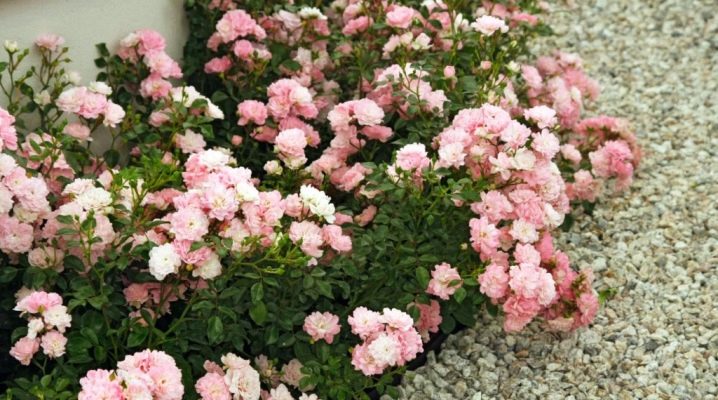
The generally recognized queen of phytodesign is a rose - an indispensable attribute of the landscape composition of any site. This is a favorite, the most popular flower among both amateur gardeners and designers.
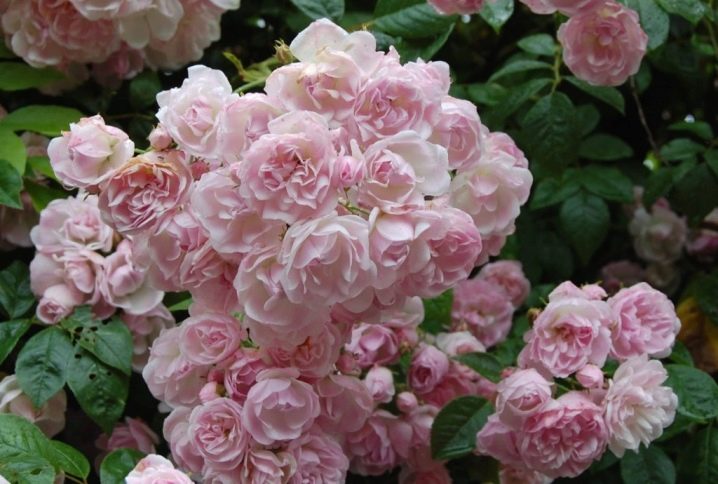
There are many interesting facts about roses. Here is some of them:
- under Peter I in Russia, for the first time, they began to decorate gardens with roses;

- to obtain 1 kg of natural rose oil, you will need 3 tons of petals, its price is higher than the price of gold and platinum:
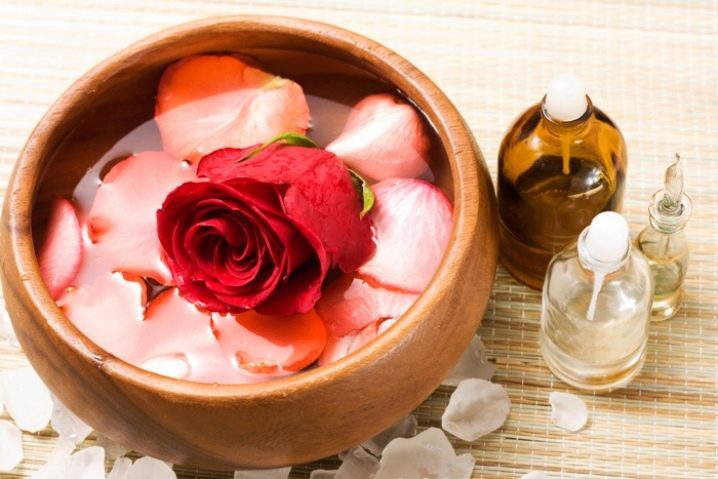
- The aroma of roses is a powerful antidepressant, with regular inhalation of aromas of roses, people have a higher mood, they are almost always positive, benevolent, calm, have a good aura.
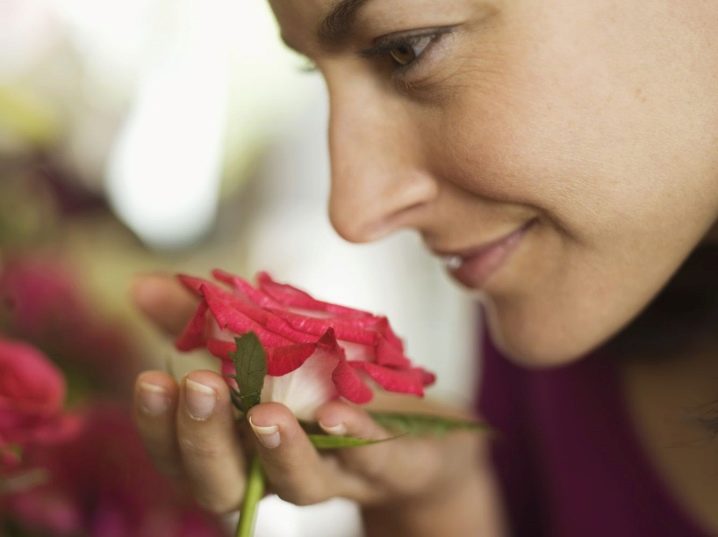
Peculiarities
The variety of decorative properties of these amazing plants and their many varieties are amazing. All sorts of shades of the rose flower palette are simply mesmerizing and create a fabulous effect in the gardens. Each variety has its own decorative and botanical characteristics, but they all have one common property - the width of their bushes is always much greater than the height.
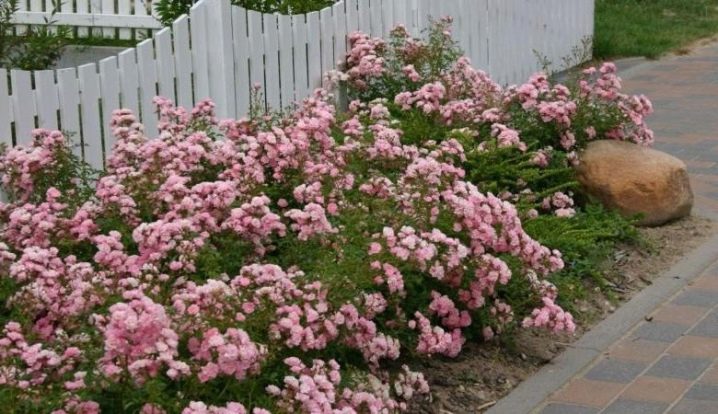
Gardeners who value the originality of the design on their site often choose not traditional varieties of roses for planting, but winter-hardy ground cover, climbing roses. They are relatively unpretentious to care for and have good winter hardiness. The beauty and splendor of climbing roses that bloom continuously throughout the summer can be enjoyed throughout the season and be calm for them in winter.

A distinctive feature of ground cover roses is the long, winding shoots that spread across the carpet, which corresponds to their name.

They inherited resistance to diseases and excellent winter hardiness from wild rose hips. These roses do not need constant pruning and are easy to care for.
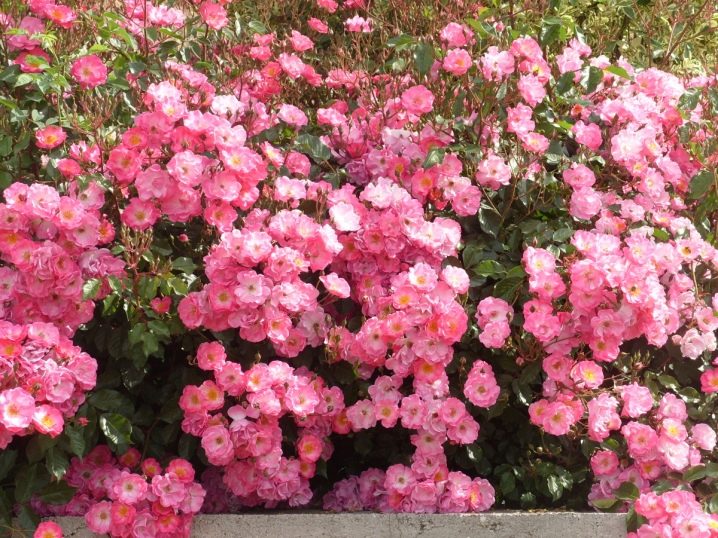
The best varieties and their characteristics
In the conditions of harsh Russian winters, our gardeners for the most part prefer the most frost-resistant varieties. Resistant to diseases, abundantly and long blooming, highly decorative - all these characteristics fully apply to most varieties of this group of roses.
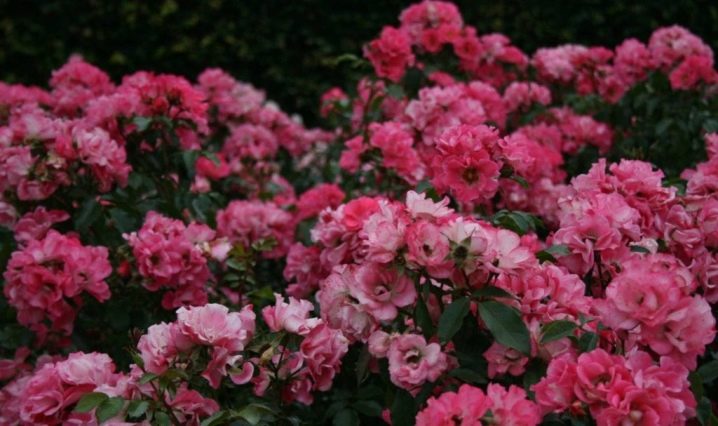
The assortment of varieties of climbing climbing roses is represented by large-flowered and small-flowered specimens with a delightful color that can withstand the winter cold down to -30 degrees. Not all varieties of climbing roses are capable of blooming continuously throughout the season.
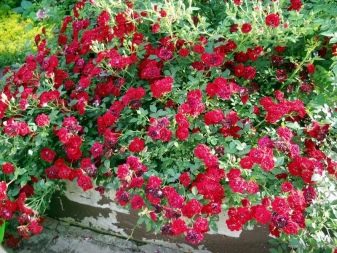
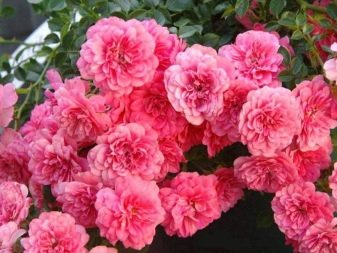
Among the frost-resistant climbing roses, the most famous are:
- "Parade"
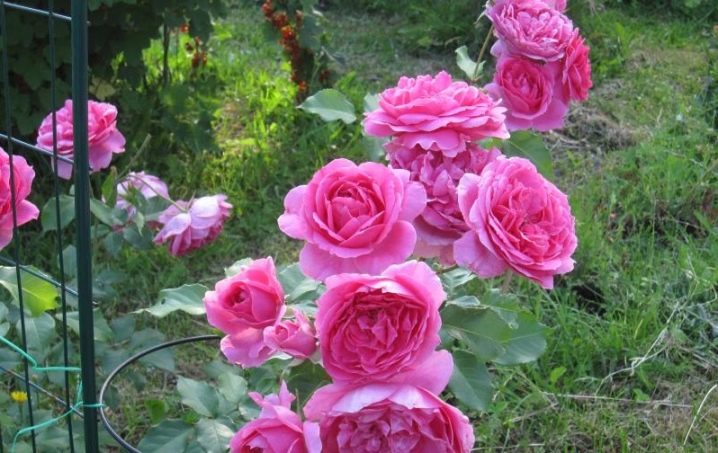
- "Polka"
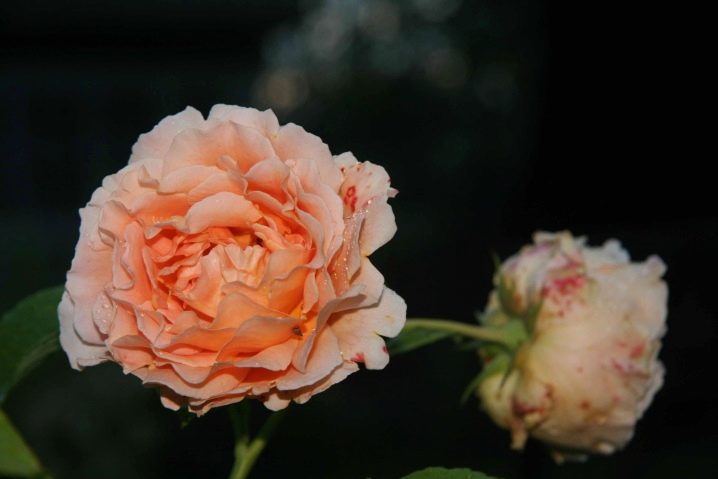
- "Kimono"
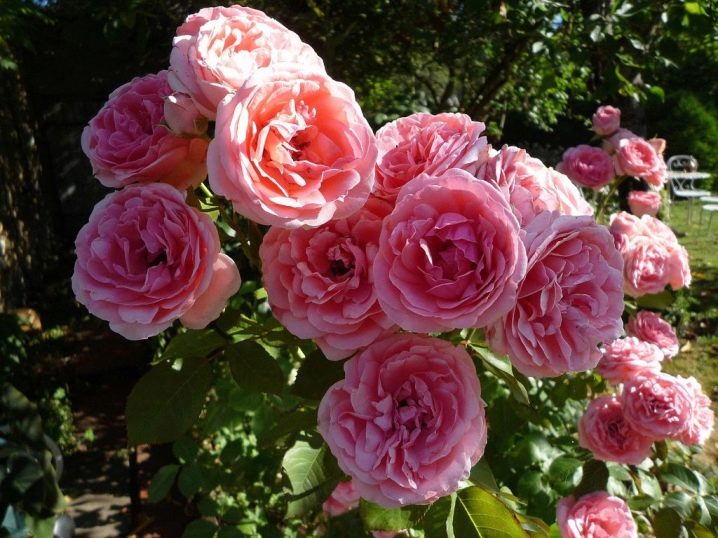
- "Paul Scarlet"

- Brownie
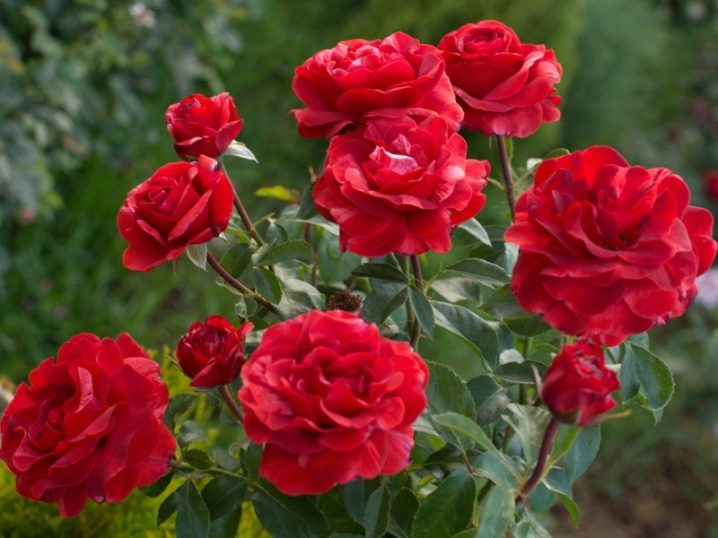
- "Orfeo"
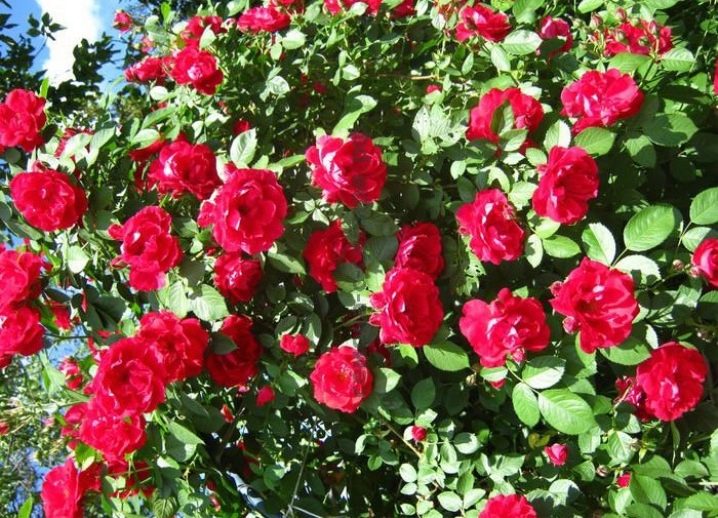
Popular in Russia
- "Santana"

- "Rosarium Utersen"
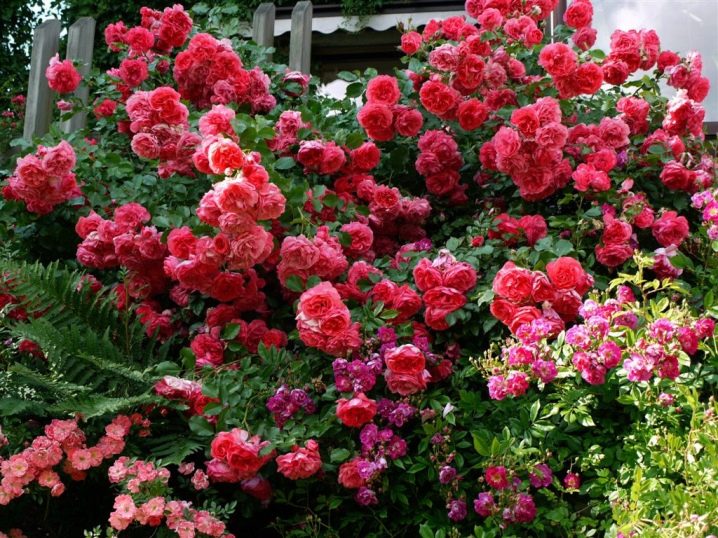
- "Super Excels" and many other varieties.

A distinctive feature of the Canadian rose group is its high frost resistance. They can tolerate temperatures up to 35-40 degrees below zero.

It is with these varieties that beginner growers begin growing roses. Long-flowering varieties of Canadian roses bloom from spring to frost (for example, "Theres Bunier" variety).
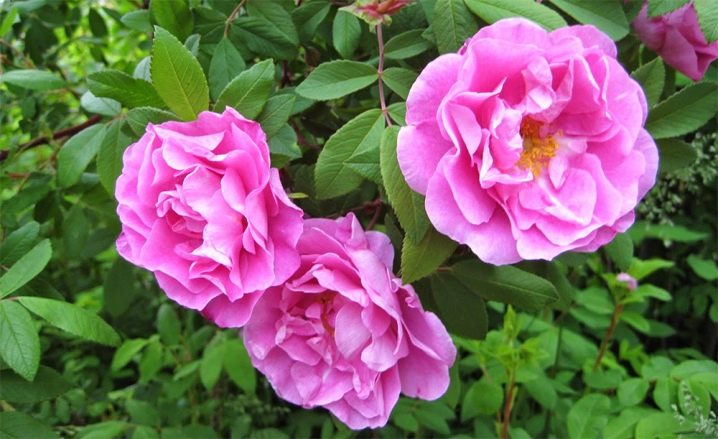
Of particular interest to designers are ground cover roses without thorns. These roses were bred by breeders relatively recently, but they are becoming more and more popular when landscaping the territories of children's recreation camps and boarding houses for the elderly.
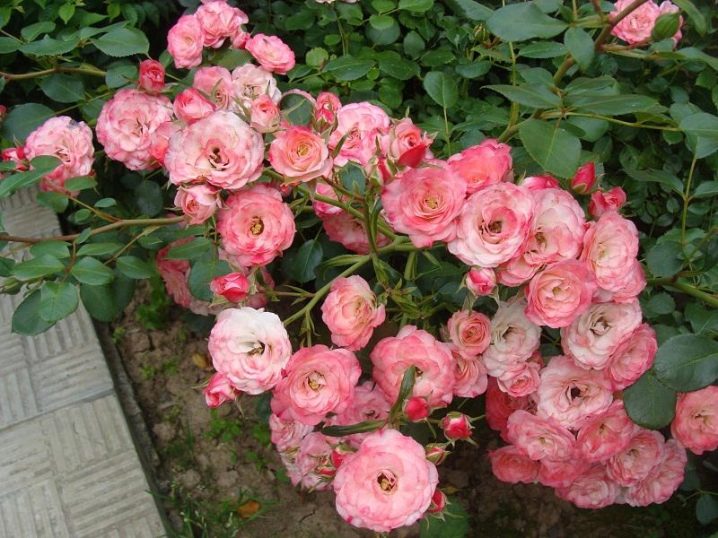
How to choose?
The assortment of planting material of various varieties of roses in garden centers is huge and will not disappoint the most discerning consumer.The most important criterion for choosing rose varieties is the climatic zone and characteristics of the soil where they are supposed to be grown, therefore, in each specific situation, certain selection rules should be followed.
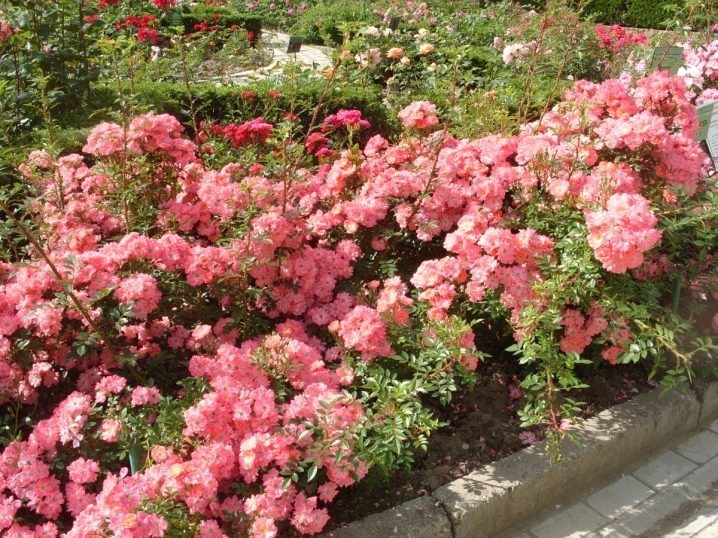
First of all, you need to carefully study the growing conditions of certain varieties and thoroughly familiarize yourself with the catalogs, in which you can always find a detailed description of the varieties you like. You need to buy seedlings in specialized stores. When buying, you should carefully examine the plants (usually they are placed in plastic mini-containers or plastic bags) and pay special attention to the roots and stems - they should not have any signs of decay, damage and dried out areas, and the soil mixture in which they are located should be loose, without traces of mold and without a putrid odor. Deviation from these rules leads to the fact that growers suffer significant losses.
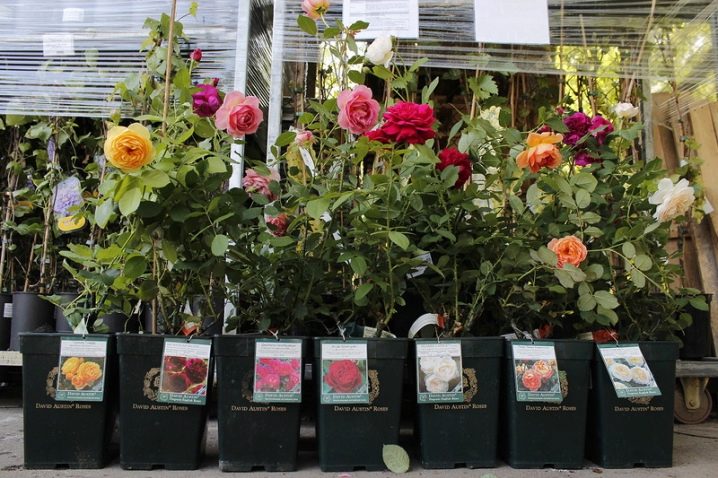
For the Moscow region, the best selected varieties of ground cover roses are such as Yellow Fleurette, Sea Foam, Snow Carpet, Hydekind, Red Blanket, Royal Bassino and many others that can be successfully used in the climatic zone of this region.
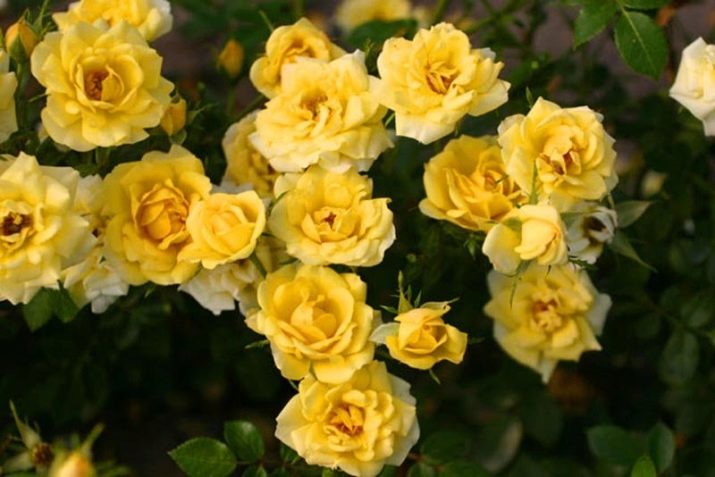


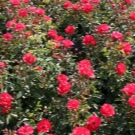

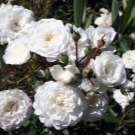
When choosing varieties of ground cover roses for the Urals and Siberia, one should first of all take into account the harsh climatic conditions of these regions. Here you can grow only varieties of roses that are zoned for the conditions of such a climate, so the main rule of flower growers in those places is to buy seedlings in local nurseries. The best varieties are considered Canadian varieties, since the climate of Canada is in many ways similar to the climate of Siberia. Here are suitable for growing varieties "Sunny Fairy Tale", "Fairy", "Larissa", "Jazz", "Solero", "Eskimo", "Residence", "Stadt Rum".


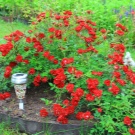


For the climatic conditions of the northwest, it is advisable to choose low-growing ground cover varieties from the floribunda groups, patios and varieties of the Canadian group "Aisha", "Abusta", "Queen of the North", "Casanova".
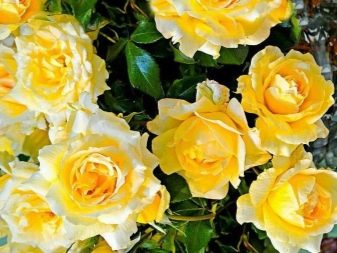
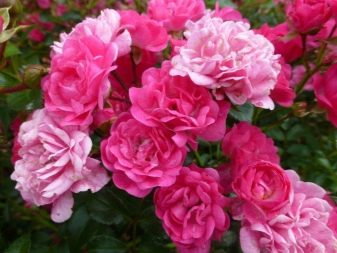
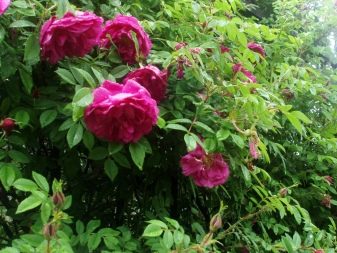
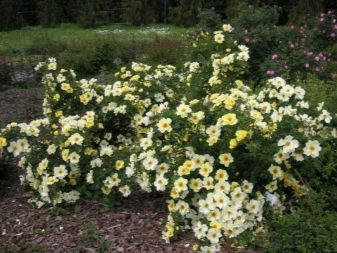
For the second climatic zone, varieties can be recommended "Cubana", "Bonika", "Aspirin", "Sins Thomas", "Leonardo da Vinci".

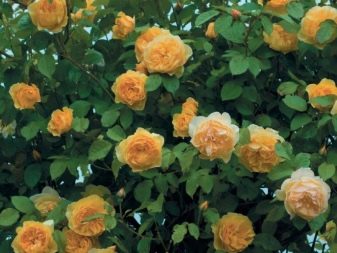
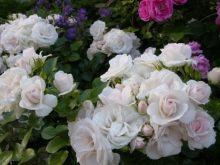
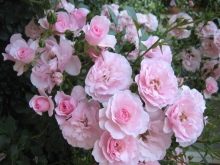

For central Russia, varieties are considered classic Scarlet, Fairy, Akhtiar, Fiona, Amber Sun, Matador, Swanee, Hello... New modern varieties are becoming more and more famous among gardeners - "Kent", "Ballerina", "Ferdi".
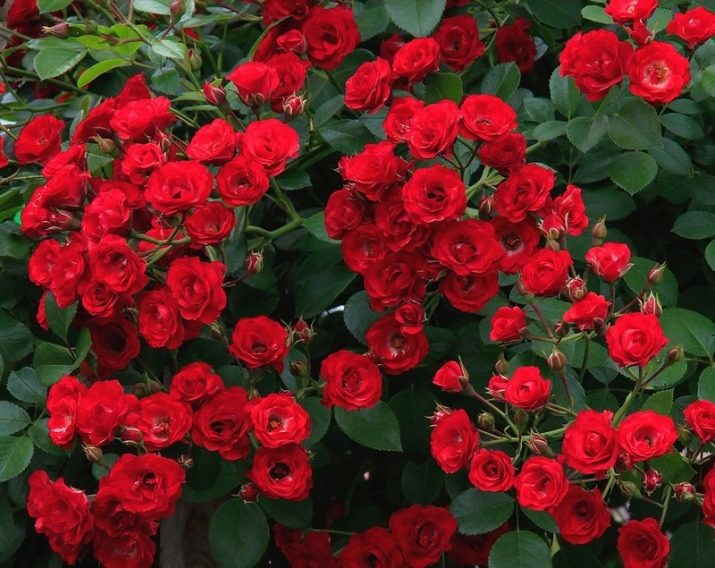

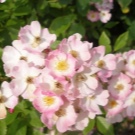


This is just a small part of the most popular varieties of ground cover roses in various climatic zones in the vast expanses of our Russia. The variety of different varieties of roses is so great that their description can only be placed in an encyclopedia.
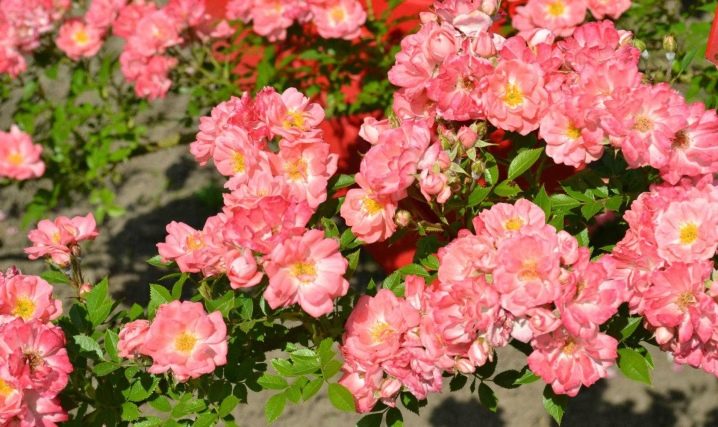
Landing rules
Continuous flowering varieties of climbing roses grow well on the south side of the site, where there is a lot of sun and light. Low places of the site with a high standing of groundwater, where the soil is constantly waterlogged, are unsuitable for growing roses, since the plants do not tolerate stagnant moisture. With proper planting techniques, roses will bloom in the next year after planting and will delight the gardener with the abundance and splendor of flowering.
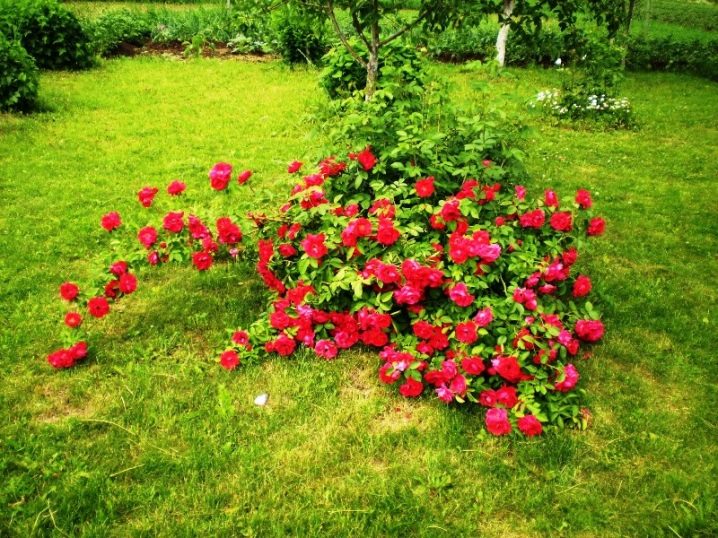
The most favorable time for planting is spring. With the onset of warm days, the plants will take root well and grow, and the upcoming summer season will provide them with full adaptation in a new place until the cold weather. If, for objective reasons, you need to do this in the fall, then only in mid-September, so that the bush takes root, but does not start growing.

A week before planting seedlings, it is necessary to prepare holes, about one meter in diameter. The soil selected from the hole is laid in the planting mixture, the mullein is added, and thoroughly mixed. Before planting, the seedlings are kept in water for a day, shortened to 30-35 cm, the roots are slightly trimmed and processed in nutrient mixtures for roses. The seedling is placed in a hole with moistened soil, covered with prepared soil mixture and compacted.When planting a climbing climbing rose to decorate an object, you need to step back half a meter from it, planting a plant with a slight slope towards it.
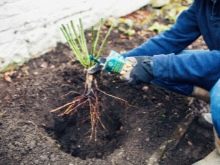
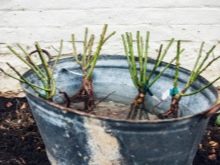

How to care?
Caring for ground cover and climbing roses is not difficult, differing little from the rules for caring for other varieties. These frost-resistant varieties of roses are rather unpretentious and can "forgive" minor mistakes in care.

Watering
Regular moderate watering of plantations of roses is the most important element of agricultural technology. Roses tolerate underfilling and overflowing equally badly. It is important not to miss the "golden mean" of this moment and constantly monitor the state of the topsoil. When the soil dries out by about 3-4 cm, it's time to water the plants. This should be done often and little by little, constantly observing the state of the plantings. You should try to direct the stream of water directly under the bush, bypassing the buds. The best time to water is in the morning, when the sun shines lightly on the bushes.
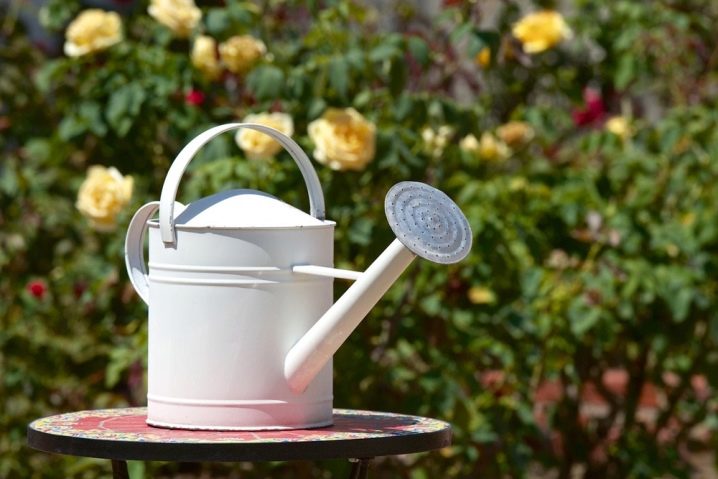
This rule cannot be neglected, this will prevent leaves from burning when water gets on them.
Top dressing
Good care of roses cannot be ensured without a full-fledged balanced feeding. The minimum amount of dressings is three during the growing season. Of course, you can not limit yourself to this minimum, carefully observe the plants, if necessary, feed them again, taking into account the fact that roses should not be fed when they are in full bloom.
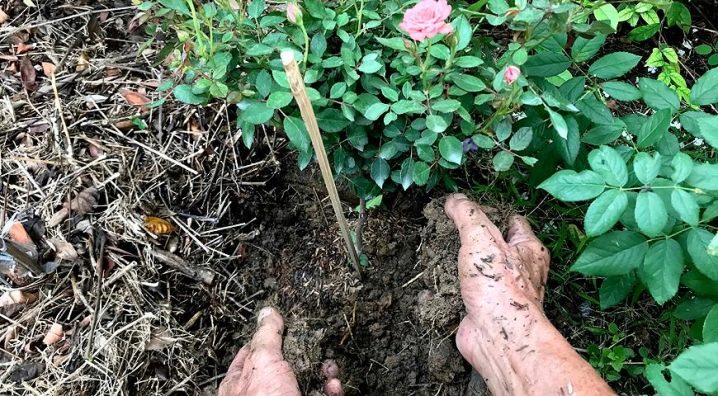
Two weeks after the appearance of the first leaves, you can carry out the first feeding with potassium-phosphorus and nitrogen fertilizers in the ratio of potassium (K) phosphorus (P) nitrogen (N) 1: 2: 1. For this, ready-made complex mineral fertilizers are sold especially for roses. Organic fertilizers (slurry, mullein, wood ash) can also be used for feeding. The second feeding should be done in a month. The third feeding is carried out at the end of the season, already without nitrogen fertilizers, and it is intended to prepare the plants for winter.
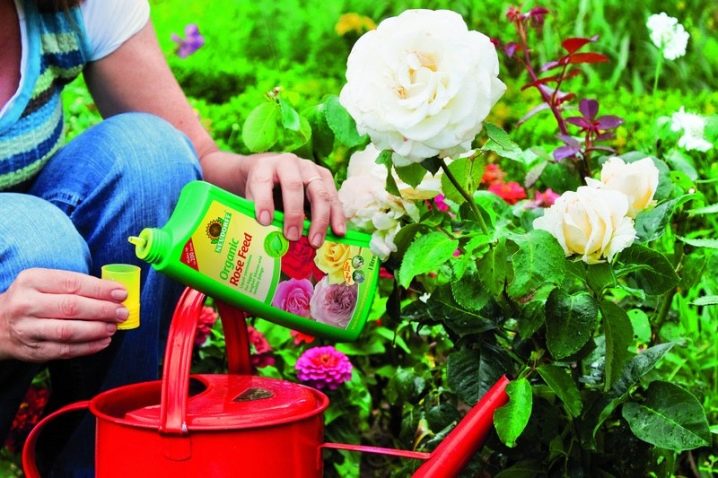
Pruning
With the help of timely and correct pruning of bushes, landscape designers embody the most daring ideas and can give plants unique images. In the fall, ground cover roses do not need pruning. As soon as the spring frosts have passed, the rose bushes are opened from winter shelters. Frozen and dead plant parts are immediately cut off. To better assess the condition of the bush after wintering, its long part is spread on the ground and the replacement shoots are carefully examined. Outdated shoots are replaced with fresh ones. This removes a small part of the shoots (2-3 annuals and 4-5 biennials).
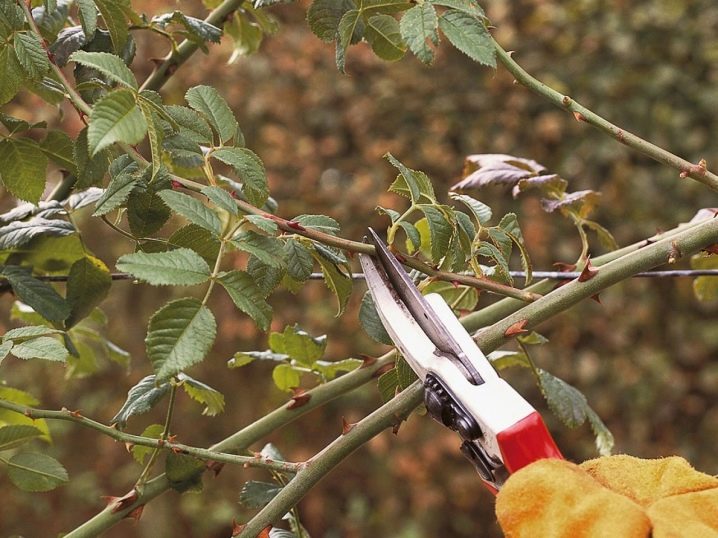
Diseases and pests
Much to the chagrin of gardeners, climbing roses are susceptible to infections, diseases and pests. The main enemies of roses are aphids and spider mites, but leaf rollers, rose sawflies, thrips and other types of insects can seriously harm plantings.

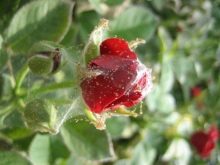
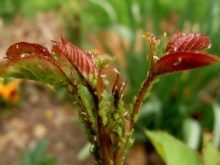
Noticing these pests when examining the bushes, it is necessary to urgently treat the planting of roses with insecticides (Karbofos, Inta-Vir, Aktara, Fitoverm and other special preparations). There are also folk remedies for treating roses from insects. This is an infusion of mullein and wood ash, decoctions of various readily available plants, for example, yarrow, wormwood, calendula seeds, onion scales and garlic.
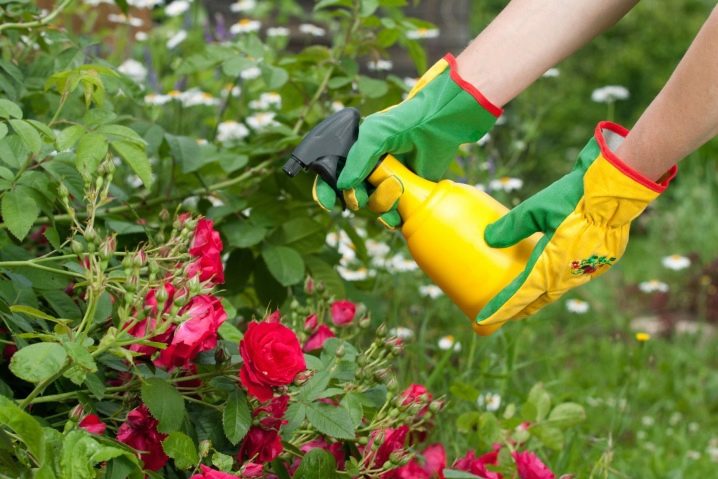
Spraying should be carried out in calm weather in the evening after 18 hours or in the morning before 10 hours.
The main diseases of roses are fungal in nature. These are powdery mildew, gray rot, rust, black spot. Such diseases are treated with fungicides. Unfortunately, roses are also susceptible to such a dangerous disease as bacterial cancer. When its symptoms are found (brown-brown ulcers of the bark, dark watery spots on the leaves, drying shoots), most gardeners refuse the complex laborious treatment of the bushes, the result of which is extremely doubtful, the bushes are dug up and burned.
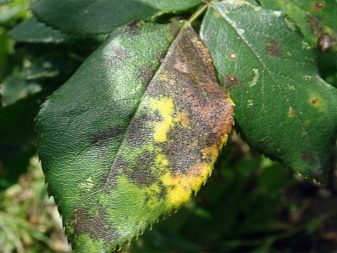
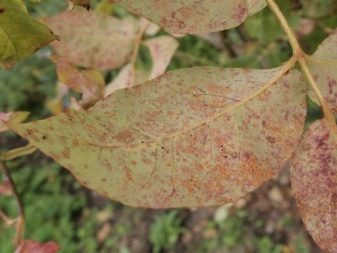
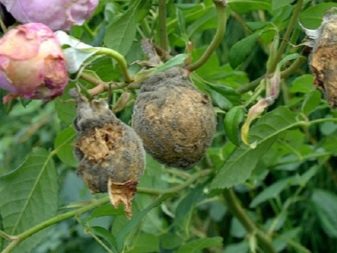

Preparing for winter
Most varieties of roses that bloom all summer, despite their winter hardiness, still need to be covered for the winter. It is necessary to prepare for winter in advance: starting from the end of August, neither loosen the soil, nor water the flowers and not feed them - prepare them for a state of rest. When the night temperature drops to -4.5 degrees, you can start covering the bushes. It is important to wait for exactly this cool weather. Do not rush - the plant will get wet from excessive heat under the shelter. It is extremely important to create an air gap under the shelter so that the root system of the bushes does not heat up. For this, flooring of wooden planks is usually used.
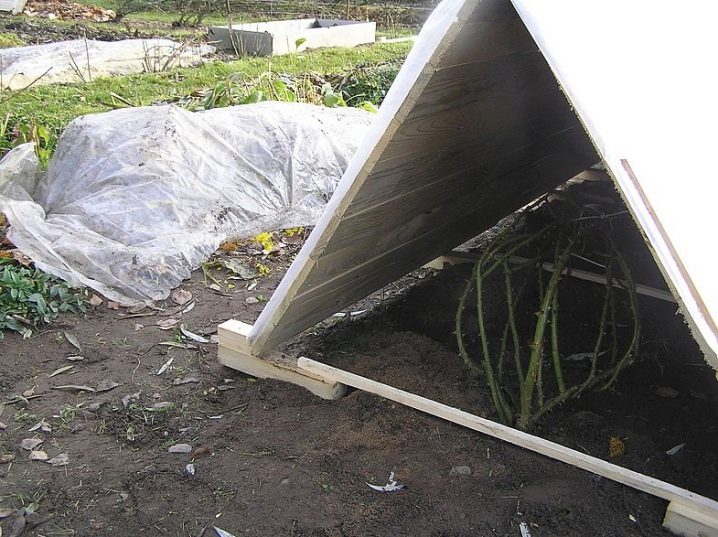
It is better to finally cover the bushes for the winter on a dry sunny day: remove all damaged parts, foliage and flowers from the bush, tie the lashes, press them to the ground with special "pins" and make the flooring. On top of the boards, you can sketch coniferous spruce branches. Under such a shelter, the roses will winter well and will come to the next season absolutely healthy.
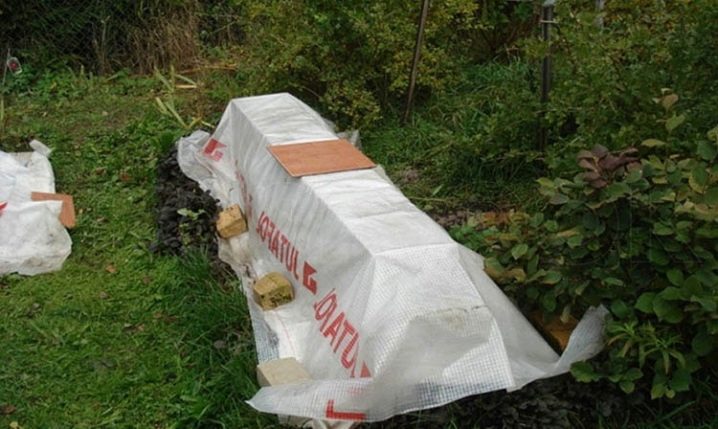
The variety of forms of these luxurious creations of nature allows you to create a beautiful hedge, get vertical landscaping, and transform the most dull part of the landscape.
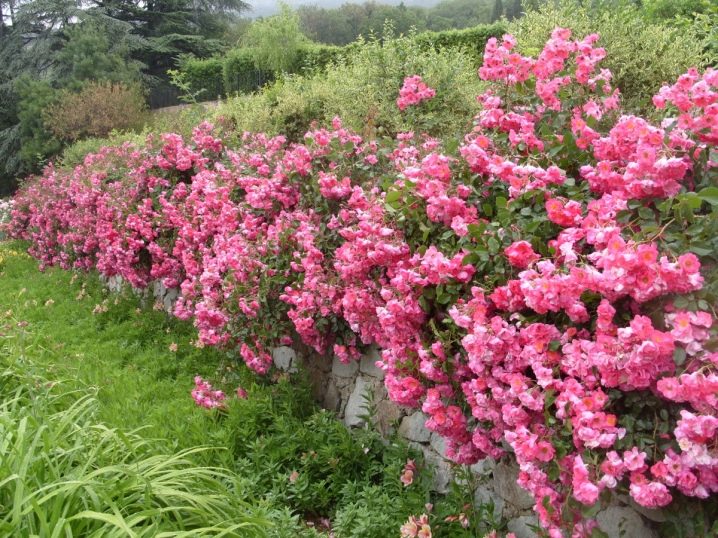
For more on winter-hardy varieties of ground cover roses, see the video below.

































































































The comment was sent successfully.